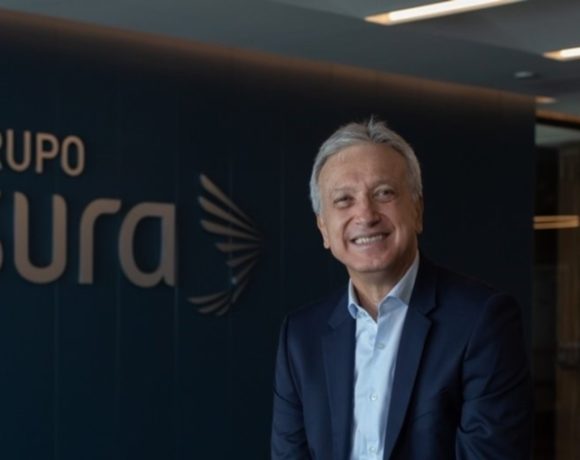Grupo Familia Full-Year 2019 Profits Jump 20% Year-on-Year

Medellin-based multinational paper- and personal-hygiene products manufacturer Grupo Familia on March 30 revealed that its full-year 2019 net income rose 20.2% year-on-year, to COP$247 billion (US$61 million).
Sales rose 10.9%, to COP$2.65 trillion (US$654 million), with foreign sales (up 13%) accounting for COP$1.3 trillion (US$321 million) of the total. Colombia sales rose 8.8%, to COP$1.36 trillion (US$356 million).
Earnings before interest, taxes, depreciation and amortization (EBITDA) rose 14%, to COP$428 billion (US$105 million), while patrimony rose 8.9%, to COP$1.66 trillion (US$409 million).
At year-end 2019, Familia had 5,271 employees, nine distribution centers in four countries, commercial operations in 13 countries and exports from Colombia to seven nations.
“In Latin America and the Caribbean — the region in which we operate — 2019 brought new social and political challenges that seek social transformation. This phenomenon presented an unusual intensity in some countries,” the company noted in its annual report.
“Argentina faced a change of government that increased investor uncertainty, and also went through a new currency crisis that triggered a sharp devaluation — all accompanied by an increase in inflation (over 50%) and a decrease in GDP.
“Ecuador presented a contraction of the economy by 0.9%, compared to the growth of 2018 that was 1.4%. The government’s proposal to eliminate fuel subsidies sparked social protests that led to lower consumer confidence, which translated into lower spending.
“The Dominican Republic maintained a good performance at the end of the year with a growth of 4.9% of GDP, boosted by private consumption, stimuli in monetary policy and improvements in the relationship with the United States, its main trading partner. The country had controlled inflation that allowed demand to be stimulated.
“Peru grew its GDP by 2.3%, a lower figure than the previous year after facing global economic uncertainty and lower prices for basic products. Low interest rates are expected to promote growth during 2020.
“Puerto Rico presented a noticeable improvement in 2019, after overcoming the consequences caused by the 2018 hurricanes. GDP grew close to 3.7%, while inflation held steady at less-than 1%. The plan to stimulate the economy through reconstruction, the growth of the United States economy and an improvement in the tourism sector contributed to the result.
“Chile closed the year with GDP growth close to 2%, after having a good 2018 that closed at 4%. This decrease was the result of social protests, in addition to a lower level of raw material prices and the depreciation of the peso.
“Bolivia had a GDP growth of 3.3%, less than the 4.2% it reached in 2018. From a political perspective, President Evo Morales resigned after 14 years in power, due to protests stemming from allegations of fraud in the elections.
“Colombia presented economic growth of over 3%, despite the complex regional environment. Tax reform, dynamic household consumption, public spending accompanied by infrastructure developments, and improved foreign investment were the main factors.
“The [Colombian peso to U.S. dollar] exchange rate registered an increase of 11% with an average in 2019 of COP$3,281 to the dollar, compared to COP$2,956 in 2018. However, at the end of 2019 it remained stable at COP$3,277, compared to the COP$3,249 at the end of 2018.
Inflation for the year was 3.8% and was within the target set by Banco de la República (between 2% and 4%),” the company added.
















